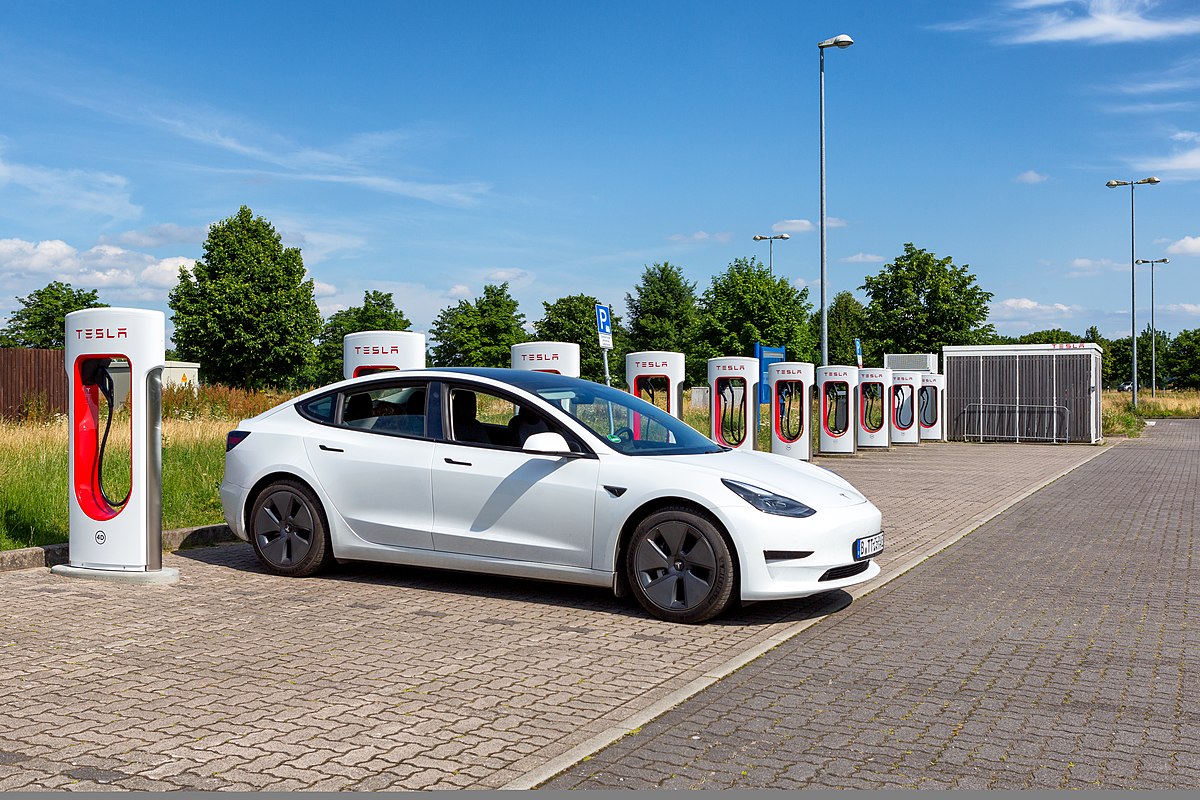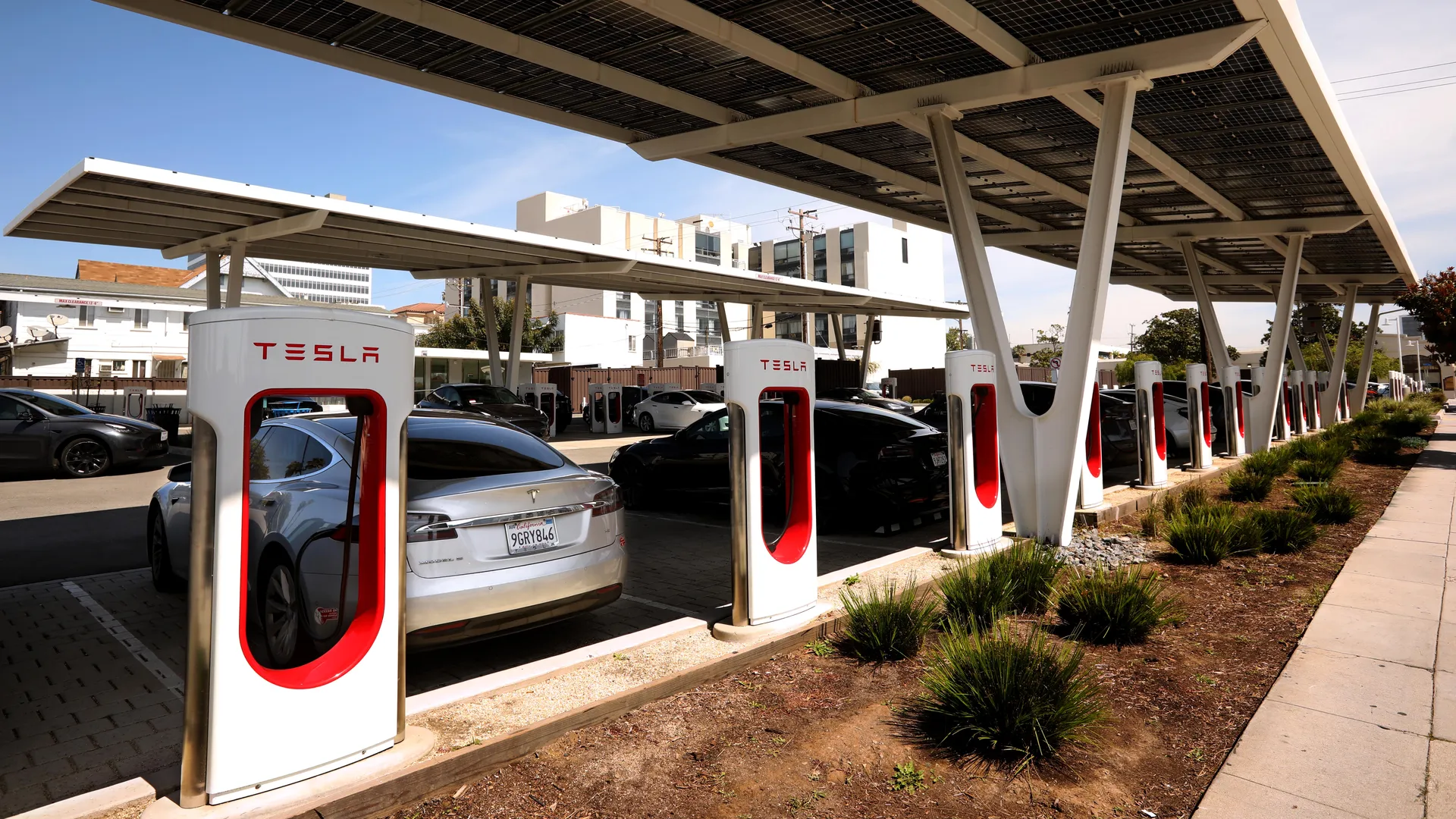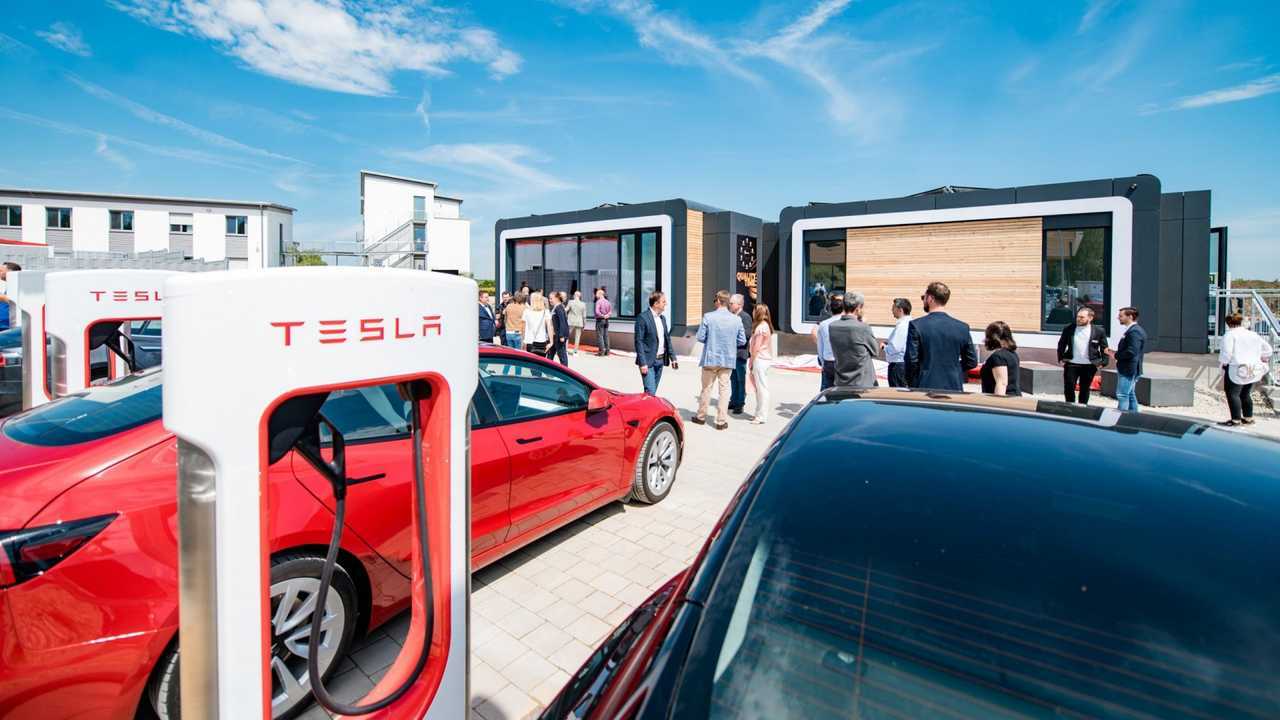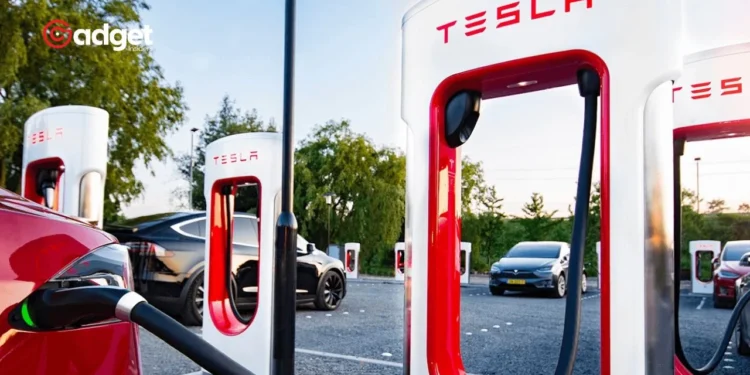Tesla Inc., once the undisputed leader in the electric vehicle (EV) charging arena, has seen significant shifts in its strategy and team structure, raising questions about the future landscape of EV infrastructure. Despite these changes, the resilient EV charger network continues to expand, signaling a robust growth trajectory independent of Tesla’s direct influence.

A Strategic Shift at Tesla
Elon Musk, the CEO of Tesla, has recently announced changes to the pace and focus of the expansion of Tesla’s Supercharger network. According to Musk, the company will now grow its network “at a slower pace,” with a “more focus on 100% uptime and expansion of existing locations.” This strategic pivot comes at a time when Tesla’s dominance in the fast charger market has decreased, from holding more than 90% a decade ago to approximately 60% today.

The Role of Government and Private Enterprise
Tesla’s journey in the EV market was notably boosted by a substantial $465 million US government loan during a critical phase of its development. This support highlights the significant role that governmental assistance can play in nurturing new technologies and businesses. Despite the reduction in Tesla’s team dedicated to Superchargers, and the consequent slowing down of new installations, the broader EV charger infrastructure continues to grow. This growth is supported by various stakeholders including other automakers and independent charging companies.
The Broader Impact on EV Charger Infrastructure
While Tesla’s strategy shift might pose challenges, it also opens doors for other companies in the industry. Automakers like Ford Motor Co. and General Motors Co., which have begun to adopt Tesla’s proprietary North American Charging Standard, now face new uncertainties but also potential opportunities to enhance their own EV strategies.
As Tesla's strategy imploded, leading to the elimination of a team building its charging infrastructure, other players are eager to pick up where Tesla left off. https://t.co/TTFn91yQnV
— WIRED (@WIRED) May 2, 2024
Moreover, despite the recent slowdown, the US government remains committed to significantly expanding the EV charging network. Under President Biden’s administration, plans to install 500,000 new EV chargers by 2030 are still in motion, although the rollout has been slower than anticipated. According to a report by The Washington Post, only a handful of these chargers have been installed so far. However, this initiative is expected to gradually gain momentum as more states begin implementation.
Tesla’s Continued Influence and Future Prospects
Company’s influence in the EV charging market remains substantial. The company’s expertise and established infrastructure have set high standards for reliability and efficiency in charging technology. Even as the company scales back its expansion, its existing network continues to support a large volume of EV users, helping to alleviate range anxiety and promote EV adoption.
Furthermore, company’s recent $17 million award from 2021 infrastructure law grants, which aims to build 41 new stations, illustrates its ongoing role in the national infrastructure development, albeit at a reduced capacity compared to its previous ambitions.

Conclusion: A Diverse and Resilient Future
The landscape of the EV charging infrastructure is evolving. Tesla’s recent strategic adjustments reflect a broader trend towards a more diversified network, involving multiple players and stakeholders. While Company has played a pivotal role in kickstarting the adoption of electric vehicles in the US, the future of EV charging will likely be characterized by a collaborative effort across various sectors. This collective approach not only ensures the growth of the EV charging network but also supports the overarching goal of sustainable transportation and reduced carbon emissions.
As the industry continues to adapt and evolve, the resilience and expansion of the EV charger network remain key to achieving the nation’s environmental and energy goals. The future, rich with opportunities for innovation and collaboration, promises a robust framework for the electrification of transport, irrespective of the pace set by any single entity.










